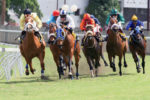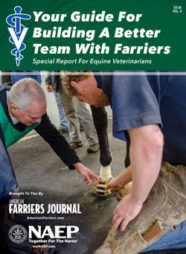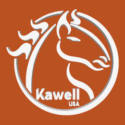Advertise Follow Us
Items Tagged with 'performance'
ARTICLES
At higher levels of competition, understanding how a horse is put together becomes increasingly important
Read More
Reseach Zeros in on Racetrack Surfaces
Focus of Jockey Club White Paper on hoof-ground interaction has important information for farriers
Read More
Confidence to Handle High-End Performance Horses
Veteran farriers weigh in on how to improve your confidence for working with moneymaking horses
Read More
In Defense Of Shoes
The six winners of the Mustad’s scholarship essay contest describe why horses should be shod
Read More
Shoeing With an Eye on the Winner's Circle
A pair of career racetrack farriers agree that this challenging job ‘gets in your blood’
Read More
Product Knowledge
Farrier-Developed Software Records Visual Documentation
Photo histories become convenient, video can be slowed to reveal gait problems to the human eye, helping farriers gain owners’ support as horses grow sounder
Read More
Practical Tool Tips
83 Ways To Get More Out Of Your Shoeing Tools
Check these practical shoeing tool tips, tricks and techniques you can put to use tomorrow morning in your shoeing work
Read More
EVENTS
Live
Delta Mustad Clinic
3/17/18 8:30 am EST
Horseshoes Plus
8 Oak Hill Road
Barrington, NH
United States










